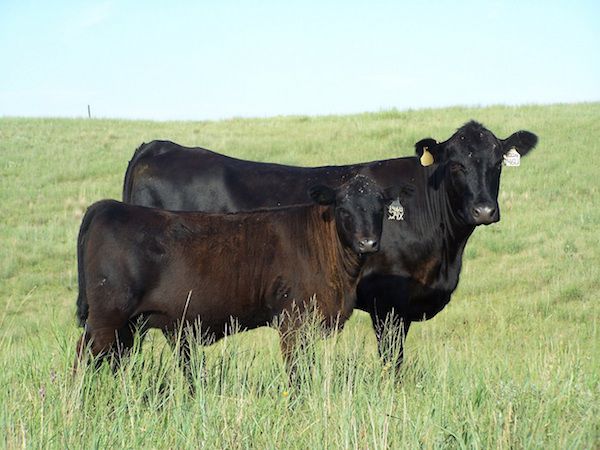The fall of the year is often a convenient time for those involved in cow-calf share and cash leases of spring calving cows to revisit the terms of the agreement. Market values of cattle, interest rates, pasture rental rates and feed costs can change significantly from year to year. Discussing how the share or lease is working and if adjustments need to be made is a good way to ensure the agreement is fair.
For a cow owner, the following are the four major drivers that determine what is fair in terms of a cash lease or percentage of the calf crop the cow owner should receive. Those factors include average cow herd value; cow salvage value; replacement rate and expected rate of return (interest rate) on cow value.
If the cow owner is providing other inputs into the lease or share agreement beyond cows, these need to be reviewed as well. Sometimes cow owners may provide inputs such as bulls, pasture or facilities as well as share in veterinary expenses as part of the share agreement.
For the person who is the operator caring for the cows the main things that they need to include are pasture and feed, labor, equipment expense and operating expense.
If the operator is responsible for providing bulls and veterinary expenses, these should be included as well. Sometimes the operator is asked to develop replacement bred heifers for the cow owner. This activity should be treated as a separate enterprise and not included into the cow-calf share agreement.
The beef.unl.edu website has several resources that can help both cow owners and those leasing cows in determining what a fair lease arrangement should be. Two resources are: the Beef Cow Share Lease Agreements Extension Circular 841, and a video explaining the use of the Cow-Calf Share Lease Cow-Q-Lator, an Excel based spreadsheet.
Annually reviewing cow-calf share or cash cow lease agreements is prudent. In order for a cow-calf share or cash lease agreement to be successful long term, it must work for all parties involved.
Interviews with the authors of BeefWatch newsletter articles become available throughout the month of publication and are accessible at go.unl.edu/podcast.




